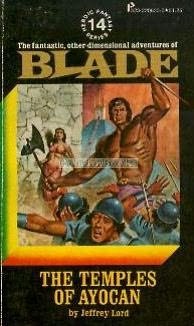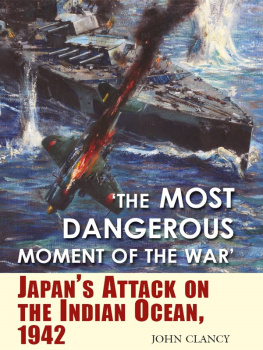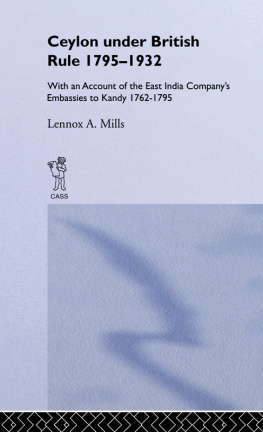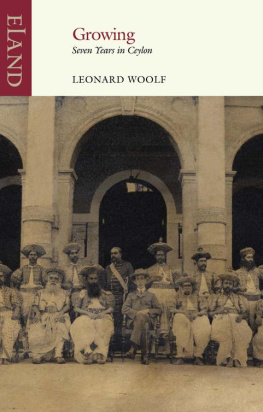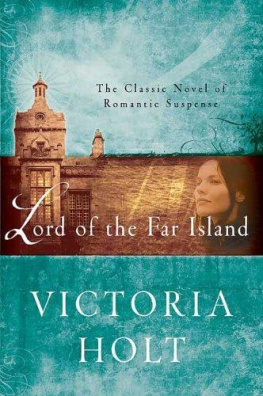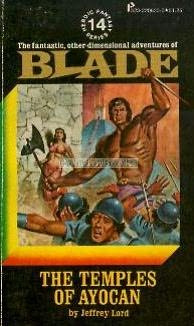First published in 1939 by George Allen & Unwin Ltd.
This edition first published in 2018 by Routledge
2 Park Square, Milton Park, Abingdon, Oxon, OX14 4RN
and by Routledge
711 Third Avenue, New York, NY 10017
Routledge is an imprint of the Taylor & Francis Group, an informa business
1939 by Taylor & Francis
All rights reserved. No part of this book may be reprinted or reproduced or utilised in any form or by any electronic, mechanical, or other means, now known or hereafter invented, including photocopying and recording, or in any information storage or retrieval system, without permission in writing from the publishers.
Publishers Note
The publisher has gone to great lengths to ensure the quality of this reprint but points out that some imperfections in the original copies may be apparent.
Disclaimer
The publisher has made every effort to trace copyright holders and welcomes correspondence from those they have been unable to contact.
A Library of Congress record exists under ISBN: 39033078
ISBN 13: 978-1-138-60506-0 (hbk)
ISBN 13: 978-1-138-60507-7 (pbk)
ISBN 13: 978-0-429-46219-1 (ebk)
by Lord Holden
FOUR GENERATIONS OF OUR ROYAL FAMILY
ELEGANT MODES IN THE NINETEENTH CENTURY
UNCLE LEOPOLD
A LIFE OF THE FIRST KING OF THE BELGIANS
With Ralph Dutton
ENGLISH HOUSES OPEN TO THE PUBLIC
(Second Edition)
FRENCH CHTEAUX OPEN TO THE PUBLIC
Chapter One
Introduction to Ceylon and the Ceylonese
The incidence that Ceylon is a country comparatively remote from all others, with the obvious exception of India, has served as a justification throughout the ages for the zealous traveller to keep a journal or to write a book. The first of these was the Chinese monk Fa-Hien, who in his pious search for traces of Buddha Gautama visited Ceylon about A.D . 400. On his return he wrote copiously about the Masters activities there, although historically he never once visited the island. Fa-Hien records, however, that at Anuradhapura he saw an image of Buddha in green jade, which was more than twenty cubits high. In the palm of the right hand lay a priceless pearl, and the image had an appearance of solemn dignity which words cannot express. A hundred years later Sopater wrote of the famous ruby which had been erected on the tee of a Dagoba in the capital of Anuradhapura, which was like a hyacinth, as large as a pine cone, the colour of fire Seven hundred years later the ubiquitous Marco Polo arrived and was fascinated by the jewels of Ceylon, noting that the King possessed the grandest ruby that was ever seen, a span in length, the thickness of a mans arm.
The first Englishman to write of the island was Robert Knox in his delightful Historical Relation of Ceylon. His visit was, however, fortuitous since he was shipwrecked off Trincomalee in 1660, and its duration was determined by the King, who held him a prisoner for twenty years. A less adventurous and more ingenuous visitor to Ceylon was Mrs. Heber, the wife of the Anglican bishop who, according to tradition, having once lost his luggage in the island, expressed his aggravation in those classic lines: What though the spicy breezes, Blow soft on Ceylons isle, Though every prospect pleases, And only man is vile. This lady, who visited Ceylon in 1825, when her husband was Bishop of Calcutta, and unaccountably refrained for nineteen years from writing her inevitable Journal of a Tour to Ceylon, would appear to have possessed a credulous mind. Alone amongst visitors to the island, she frequently encountered the flying leech, which she wrote had the power of springing, by means of a filament, to a considerable distance. Fortunately these bounding insects have, up to the present day, confined their activities to Mrs. Hebers person.
All these eminent travellers in the island, so diverse in nationality, period, and temperament, had one quality in common: they were too proud or too simple to attempt to justify their works on Ceylon. I propose, most humbly, to follow their illustrious example.
The name of the island, on the tongues of foreigners, has varied profoundly throughout the ages. To the ancient Greeks it was Taprobane, which is a corruption of Tamil, meaning, I am assured, The Pond covered with the Red Lotus. The Chinese called it The Land without Sorrow or The Island of Jewels. The Mahommedan invaders from India, or Moors as they are loosely called, devised Serendib, a corruption of Sinhala Dvipa, meaning Lion-dwelling Place in the Singalese language, which the island was first called by the Singalese invaders, although no trace of a lion had ever been found there. The Portuguese in the sixteenth century changed Serendib into Ceilao, although the two names appear to have no connection with each other; and the Dutch, in the following century, transformed with less imagination Ceilao into Ceilon. A hundred and fifty years later it was anglicized by the English invaders into Ceylon. But to the inhabitants the island has been called Lanka for centuries, and such is it called by them to-day.
Although Buddhist poets have sung of Ceylon as a pearl upon the brow of India, a cursory glance at the island on a map will show that, in geographical formation, it more resembles a liver. A liver, however, can be just as interesting as a pearl and, in the opinion of many, an even more precious possession. In area Ceylon is approximately one-third smaller than Ireland and, although lying under profoundly different climates, both islands enjoy a lush and variegated vegetation. But the historical similitude between them is even more curious and exact. Both have been oppressed for centuries by one or more alien races, and therefore they suffer the psychological consequences of having been subject races. But while the Irish have only been persecuted by the English, the Singalese have also been harried or dominated by the Portuguese and the Dutch, while the Tamils, a general name for the various marauding tribes from southern India, in a series of invasions, between the second century B.C . and the fourteenth century A.D ., succeeded in dominating the northern half of the island, where they form the vast majority of the population to-day.


